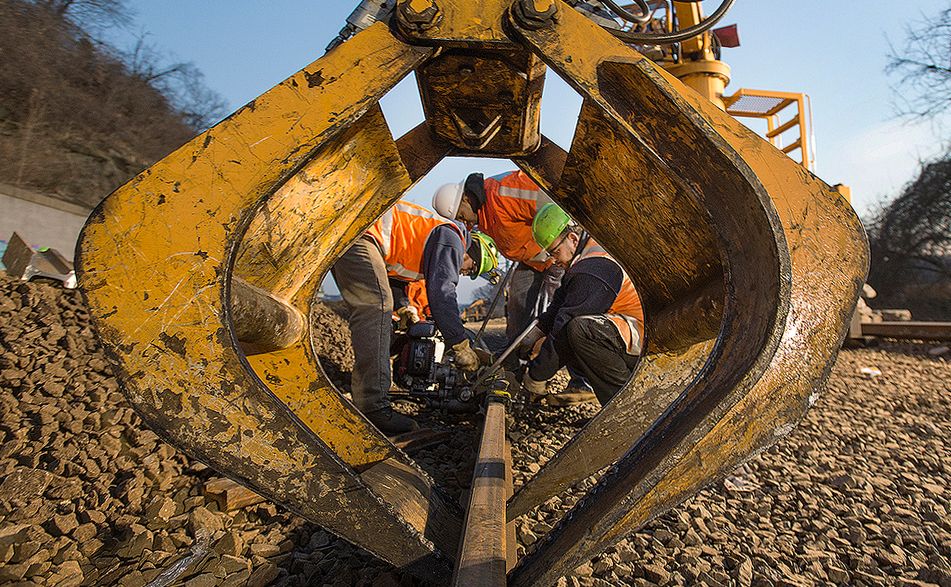Say you’ve had a website for a long time. And you’ve been ranking under some favorable key phrases for a long time – thanks to a hefty backbone of keyword-stuffing, backlinks and duplicate content.
But along came Google’s nasty updates, and that once-spectacular optimization on your site quickly became your worst enemy. Your rankings have since tanked, and your traffic is hitting an all-time low.
Image from Metropolitan Transportation Authority of NYS, licensed under CC Attribution 2.0
This has become a huge problem for your business, and now you’re in the market for a huge fix. But the big question is: should I invest the time and money into fixing my existing site, or should I start over with a new domain?
Simply put, there are pros and cons that come with each approach. And before you answer this question and make the big decision, let’s consider what the best fit for your business is based on your needs, budget, and more.
Fixing Your Old Domain
If you can, it’s in your best interest to stick with your existing domain, especially if it has years of history behind it. Yes, your rankings may have dropped off following Google penalties, but that credibility can always be regained if you initiate opt repairs to reverse your mistakes.
The advantages to this approach are many. Older websites have longer-established credibility with Google, giving them an edge on the competition if new sites are in the running for the same search terms. Repairing your existing site means you’ll retain the favorable information that’s been indexed without wasting the time it takes Google to crawl (index) an entirely new site. It also means that returning visitors who are familiar with your site’s URL will keep coming back.
The biggest deciding factor (and potential shocker) with big SEO restorations on a tainted site is the price. Cleaning up a vast horde of backlinks, rewriting multitudes of keyword-stuffed pages and hunting down duplicate content can rack up when you’re hiring a professional to remedy the site.
In summary, it’s well worth fixing your existing domain if you can afford the price. That price depends on how muddied your old optimization is and how large your site is, so be realistic and plan accordingly if you spring for this plan of attack.
Starting over on a New Domain
This methodology can be potentially cheaper than the former, but it does come with its own set of complications.
It can be an intimidating technical workload to move everything over to a new site. When you create a new domain, you need to create all-new content if the old stuff is keyword-stuffed. If possible, move over any salvageable content that’s not the cause of your SEO woes. Depending on the size of your site, this could take mere hours to complete, or it could take weeks.
Important update: Ensure that your new domain is unique enough to set it apart from the old, or else you may be wasting your time with this initiative. Google recently claimed that if you copy your old site’s content to a new domain, your penalty will likely come with you (even if you don’t use redirects). In other words, the easy (or lazy) way out of black hat penalties will allegedly no longer work, so be smart about your domain move.
Then consider everything else that comes with moving or recreating a website: redesigned page layouts, navigation, color themes, images, links, calls-to-action, and, of course, SEO. If you’re starting a new site, it’s likely worth redesigning if your old one was behind the times or otherwise dysfunctional. But if you’re on a budget, website redesign reigns in its own costs.
So that’s that. When you’re trapped with a site that’s riddled with bad SEO, realize that both of these approaches cost money. Cleaning up old optimization is rarely a quick and easy process, so anticipate the time and fiscal investments that come with it. Fixing what’s broken is often a better approach than going back to the drawing board, but when capital is limited and extensive repairs are needed, a brand new domain could be in the cards.



